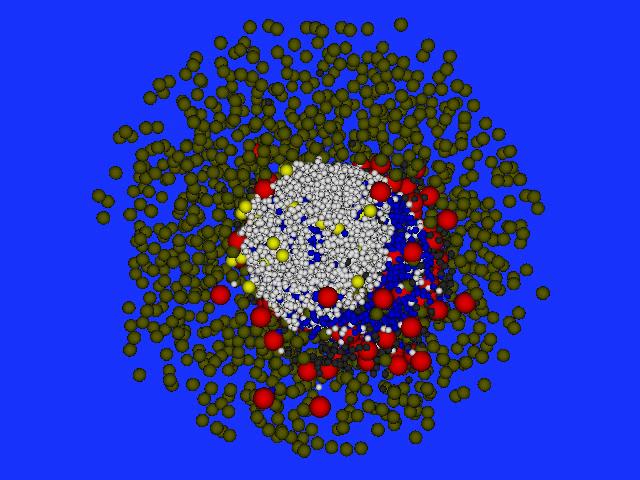SP 1
Mathematisches Modell zur Entstehung ektopischer Lymphfollikel im Kontext von Nierentransplantationen
After renal transplantation there is a risk of induction of a host immune response against the graft, which may lead to rejection and loss of function of the transplanted organ. Currently available prognostic factors are not always sufficient to predict a developing rejection early enough to adapt the immunosuppressive therapy in time. In order to utilize the full predictive potential of routinely obtained tissue samples (so-called "protocol biopsies"), we investigate early indications of newly formed lymphatic structures. Potentially, these structures develop long time before detection of antibodies directed against the graft (the donor-specific antibodies). With the help of dynamic mathematical models we aim at determining early signs of the formation of such displaced (ectopic) lymphoid structures.


The generated knowledge on early signs of ectopic lymph structures and on their relevance for graft rejection are integrated in computer-assisted analysis workflows to evaluate microscopic images from clinically collected biopsies. We expect insights into the underlying immunological processes enabling innovative and individually tailored therapy approaches for patients in need.



